Introduction
On November 24, 2015, a bus carrying the Tunisian presidential guards was attacked by a terrorist who bombed it using an IED. The bus had 64 passengers and among them, 12 were killed on the spot while 52 survived with both minor and major injuries. The Islamic State of Iraq and the Levant claimed the attack was a well-known terrorist organization involved in other parts of the World. Tunis bus bombing, according to a representative of the office of the Tunisian Prime Minister, the explosion occurred when the car was parked close to a major thoroughfare in the capital city of Tunis, where guard members are frequently picked up and dropped off.
Operational Environment
The area where the bombing took place was Port El Kantaoui which is in Hammam Sousse. The area is a hotspot as it is an active port that has a constant flow of tourists, meaning a lot of people are present there daily. The port is a busy one; hence, it became a good target for terrorism, which was not different on November 24, 2015. Despite being ultra-modern and brilliantly white, the design is based on Tunisia’s more traditional structures, complete with winding alleyways and arches. From Sousse proper, along kilometers of crystal-clear sea, the hotels that line the coastline extend to Port El Kantaoui’s harbor and the area to the north.
The images below are for the location of the November 24, 2015, Tunis bombing. It includes a physical and a topographical map, respectively, Figure 1 and Figure 2.
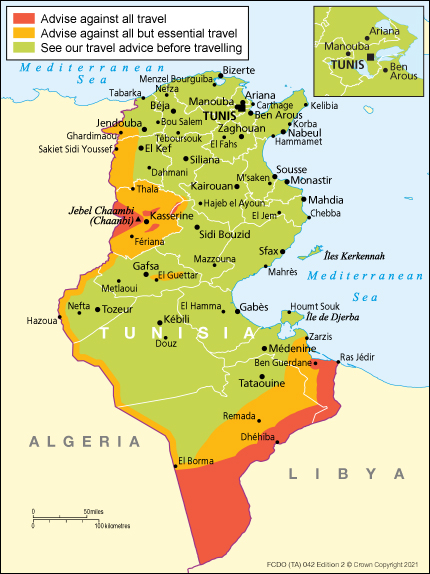
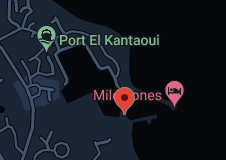
Attacker
Outsiders see Tunisia as the lone success of the Arab upheavals and a crucial front in the broadly supported “war on terror.” According to reports, the attacker on Tuesday was identified as Houssem Abdelli, 28, a street vendor who resided close to Ettadhamen, one of Tunis’s less affluent areas. A correspondent from AFP claimed to have seen the bus’s partially burned-out shell along with police, ambulances, and fire trucks on the scene. His mother recognized him from a picture. She did not mention any connections he could have had to radical Islamist organizations.
Recruitment
The recruitment of Abdelli did not happen acutely but instead, it took the attacker 4 months of intense practice to execute his plan. Abdelli started training on how to safely move bombs and how to fix IEDs on bulletproof vests without pre-exploding. As part of his training, he clothed animals including dogs with the self-made bulletproof vest and bombs and made the dog run to assess whether it would be possible for him to walk while carrying the same publicly. This training started in August and ended three weeks before the day of the explosion. For Abdelli, the training was crucial since it helped him avoid instances of the IEDs exploding without hitting his target. Additionally, this training gave him experience in how to handle explosive devices in public without being detected by sensors or people. The pictures below showcase Abdelli before the training, during the training, and before the attack. However, since Abdelli was a suicide bomber, his after-math photo was not retrieved but an image acquired from governmental archives was found, following the incident.

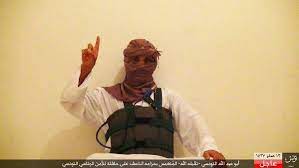


Explosive Device
The explosive device used in the Tunis November 24th attack was a “homemade” bomb. It comprises other destructive devices used in an “improvised explosive device” (IED) attack to kill, disable, harass, or divert targets. Criminals, vandals, terrorists, suicide bombers, and rebels utilize IEDs. IEDs consist of several parts, such as an initiator, switch, primary charge, power source, and container. IEDs may have extra components or “enhancements” like nails, glass, or metal shavings to increase the number of ejected shrapnel after the explosion. Other components, such as potentially dangerous substances, may be added to improvements. Depending on the objective, an IED can be started in several ways. Also, IEDs can use a variety of readily accessible materials as explosives, including fertilizer, gunpowder, and hydrogen peroxide.
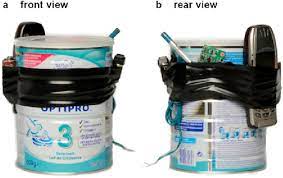
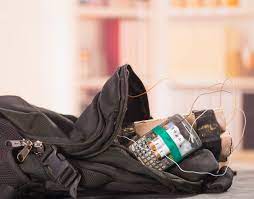

Attack
Due to the training and practice Abdelli had gone through during the preparation period, the terrorist was cautious about the street cameras. Therefore, he used pavements and roads that were free from monitoring by the town administration. This avoidance allowed only allowed the bus to be captured by street cameras before and after the attack. The focus on the bus meant that only two stages, the pre-attack and after-attack, would be evidenced. These phases of the attack have been illustrated in Figures 10 and 11.

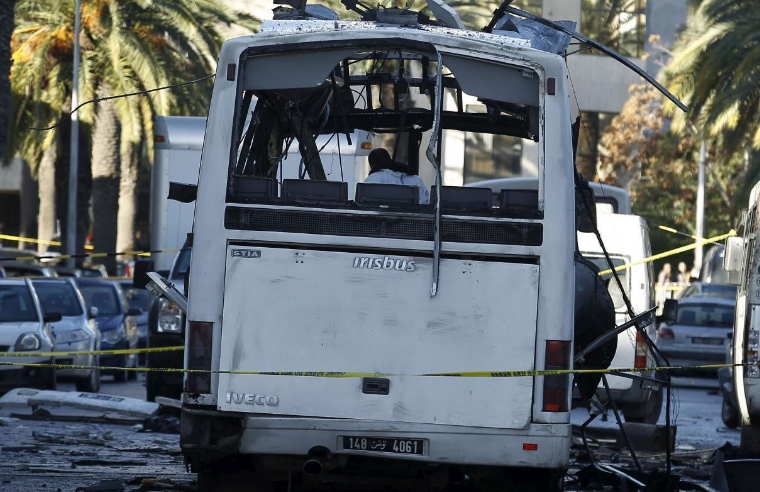
Response
Tunisian authorities responded quickly and effectively to Abdelli’s suicide attack. While the 12 people succumbed on the spot, the remaining victims were saved by the police, medics, and paramedics who rushed to the scene after hearing the explosion. Additionally, the government dispatched several ambulances to extinguish the fire that resulted from the bombing. Besides these responses, the military was sent to conduct a thorough search of any other threats that would have been in the proximity.
Conclusion
One of the imperative lessons learned is that virtuous individuals could emanate vicious and result in killing innocent citizens. The government has well-established antiterrorism measures that centralize citizens and necessitate people to raise concerns if any suspicious person or possible terrorist is witnessed. People need to collaborate in fighting terrorism since the menace often causes the deaths of both suicide attackers and innocent individuals.